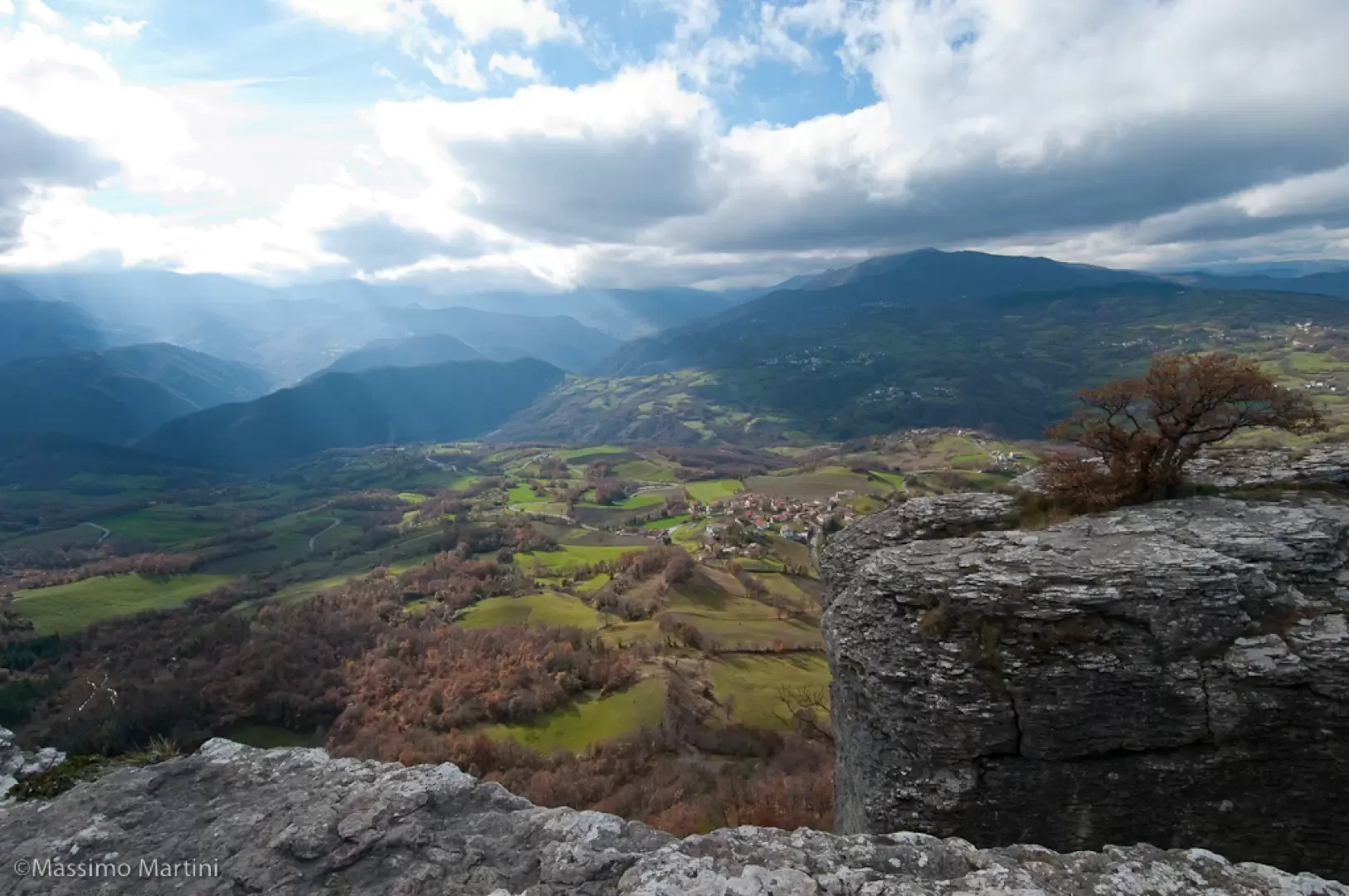Tuscan-Emilian Apennine Park

Access
The Park is easily accessible both by car and public transport due to its location between the Po Valley and northern Tuscany. The and motorways connect the main slopes: on the Emilia side one reaches Castelnovo ne' Monti, Ligonchio and Ventasso, while on the Tuscan side access points include Fivizzano, Comano, Pontremoli and Castelnuovo Garfagnana. The railway stations of Parma, Reggio Emilia, Aulla and Castelnuovo Garfagnana are connected to the main localities by scheduled buses. Car parks are available at the visitor centres, the main access points and near many tourist areas and trails; equipped parking areas are also available for camper vans in the areas of Cerreto Laghi, Ventasso and Comano. Information on public transport, seasonal timetables and the state of the trails can be found at the info-points and the official Park website.
.Introduction
The Parco Nazionale dell'Appennino Tosco-Emiliano, established in 2001, covers approximately 26,000 hectares along the Apennine ridge between the provinces of Parma, Reggio Emilia, Lucca and Massa-Carrara, on the border between Emilia-Romagna and Tuscany. This stretch of ridge represents a natural mosaic between continental and Mediterranean environments, where the mountainous landscape of the northern Apennines and Tyrrhenian climatic influences meet, enclosing a remarkable geological, floristic and faunal variety. The protected territory includes some of the highest peaks in the northern Apennines - including Monte Cusna (2,121m), Monte Prado (2,054m), Alpe di Succiso (2,017m) - as well as valleys such as those of the Secchia and Enza rivers, spectacular ridges and iconic formations such as the Pietra di Bismantova, an arenaceous monolith also immortalised by Dante Alighieri.
Description
The biological richness of the Park derives from the complexity of its environments: from beech and chestnut woods to the summit pastures, from the subalpine moors to the high-altitude wetlands, to the gorges and glacial lakes. On the slopes facing Garfagnana and Lunigiana, the climate becomes milder, favouring shrub formations and rich Mediterranean vegetation. The flora boasts over 500 recorded species, many of which are rare or endemic to the Apennines, such as the Apennine edelweiss and purple gentian. The fauna sees the stable presence of wolf, fallow deer, roe deer and wild boar. The avifauna is also very important, with the golden eagle, peregrine falcon and numerous other nesting birds of prey; the Apennine salamander and dipper can be found in the streams. The Park, together with the surrounding areas, has been recognised since 2015 as a UNESCO Biosphere Reserve under the MaB programme, testifying to the richness of biodiversity and the close interaction between nature and human presence.
Human settlement over the centuries is expressed in the small mountain centres, in the remains of agro-pastoral settlements, in the traditions of the Maggio and in typical products, such as Parmigiano Reggiano cheese, mountain salami and chestnuts from Lunigiana. The Park preserves a historical and cultural heritage evident in Romanesque parish churches, medieval villages, and boundary stones that marked ancient divisions between the Duchies of Parma and Modena. Numerous paths and historical mule tracks, a dense network of hiking trails and various visitor centres (Sassalbo, Ligonchio, Cervarezza) make it possible to explore every corner of this territory, which is frequented all year round thanks to well-equipped refuges and itineraries for trekking, mountain biking and winter snow activities.
Information
Institution year: 2001
Management body: Ente Parco Nazionale dell'Appennino Tosco-Emiliano
Area: 261 km²
Minimum/maximum altitude: approx. 400-2,121 m
Maximum elevation and place/peak name: Monte Cusna (2.121m)
Municipalities concerned: Busana, Castelnovo ne' Monti, Collagna, Comano, Corniglio, Filattiera, Fivizzano, Giuncugnano, Licciana Nardi, Ligonchio, Ramiseto, San Romano in Garfagnana, Villa Minozzo, Villacollemandina
Official website: www.parcoappennino.it